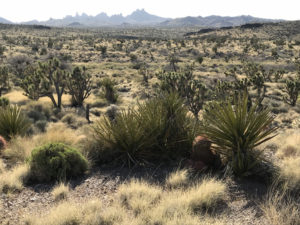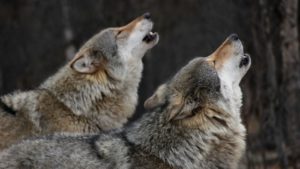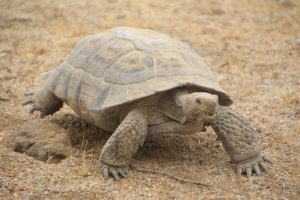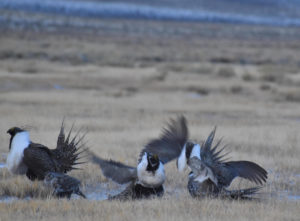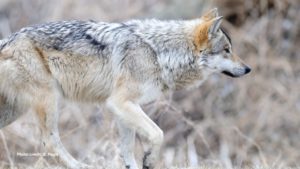While initially claiming to conform to the Wilderness Act and congressional guidance, the OI makes significant concessions to livestock and other interests. Wilderness management is to follow the “requirements, policies and guidance” of the Wilderness Act, but also “subsequent legislation to establish wilderness in Owyhee County” – presumably, the legislation that will codify the Owyhee agreement. The OI not only contains several harmful and controversial provisions gleaned from other wilderness bills, but its appendices incorporate very detailed provisions regarding grazing, juniper management, access, fire management, military activities, outfitting, and other activities that undermine intrinsic qualities of wilderness.
The OI plan allows livestock projects constructed outside wilderness to “incidentally” increase livestock use inside wilderness. Projects are not required to protect or enhance wilderness values, nor must it be shown that there will be no significant adverse impacts. Increased cattle use in ecologically compromised wilderness is allowed if “new, improved or replaced structures, facilities or other range improvement actions maintain or improve wilderness values.” New projects would have only to maintain a degraded status quo to allow increased cattle numbers.
The OI would extend the use of motorized equipment inside wilderness to “customary” activities, including the herding of livestock. While congressional guidelines allow motorized use if there are no practical alternatives and there would be no significant adverse effect, the OI grants ranchers virtually unlimited access, including cross-country access through the wilderness.
The very configuration of the OI wilderness facilitates access, as 40 percent of the proposed OI wilderness lies within one mile of a road. Inside the proposed wilderness areas, many cherry-stem roads and even a through road would remain open. Only 400 acres of the Owyhee wilderness would lie more than 4 or 5 miles from a road (OI FAQs: Roads, Access, and Owyhee County).
The OI does not merely grandfather existing military uses of the land and airspace, but states the intention that wilderness designation “will not affect military training in the area,” and goes so far as to refer to “wilderness compatible ground and air operations” (Appendix A, Wilderness and Military Training). If the Air Force seeks future expansion or altered uses, such language will make it much more difficult to protect wilderness lands from these intrusions.
The OI repeatedly refers to the application of “proper grazing management” across the landscape, including the Wilderness areas (Appendix A, Grazing Management in Wilderness). In other contexts, Owyhee ranchers have used the same term to promote maximizing livestock use, and under the OI concept of “proper grazing management” there is no requirement to improve degraded areas, only to maintain them at the same level of degradation.
One provision would serve to alter new livestock grazing decisions, standards of use, and reductions in stocking rates recently implemented by BLM after litigation by WWP and CHD. The OI states that allotments containing wilderness will have “new opportunities to implement proper grazing management,” and opens the door to modifying the “manner and degree of grazing use” -i.e. increasing grazing.
The OI proposes to remove protective designations such as Areas of Critical Environmental Concern or protective provisions of Land Use Plans, referred to as “constraints of overlapping management” (Appendix A, OI Wilderness, WSR, and Existing Land Use Plans).
The proposal includes some livestock-free areas. The wilderness acreage summary on the website shows 32,801 acres, while the map depicts more parcels. These areas would be small and scattered, rather than large blocks of public lands, and extensive new fencing would be necessary to exclude cattle.
The OI specifically allows the construction of new fences along boundaries or within Wilderness to exclude livestock from cow-free areas – but fences cause direct mortality of species like sage grouse and raptors who fly into them. They also concentrate livestock use, lead to weed infestation, and otherwise fragment habitat and mar wild lands.
“Reduced grazing areas” are proposed, where some grazing permittees will be bought out and others remain. While stocking rates may be reduced, livestock facilities and harmful practices such as predator killing may continue to support the remaining livestock. In addition, since the same limits of livestock forage use generally apply on all grazing permits on an allotment, the permittees that remain on the “reduced grazing areas” may simply use the forage previously consumed by the bought-out permittee’s livestock.
While conservationists participating in the OI may wish to distance themselves from these directives, that wilderness be chattel to grazing is an essential part of the ranchers’ expectations. The OI structure and the cattlemen’s close ties to politicians virtually ensure their fulfillment.

